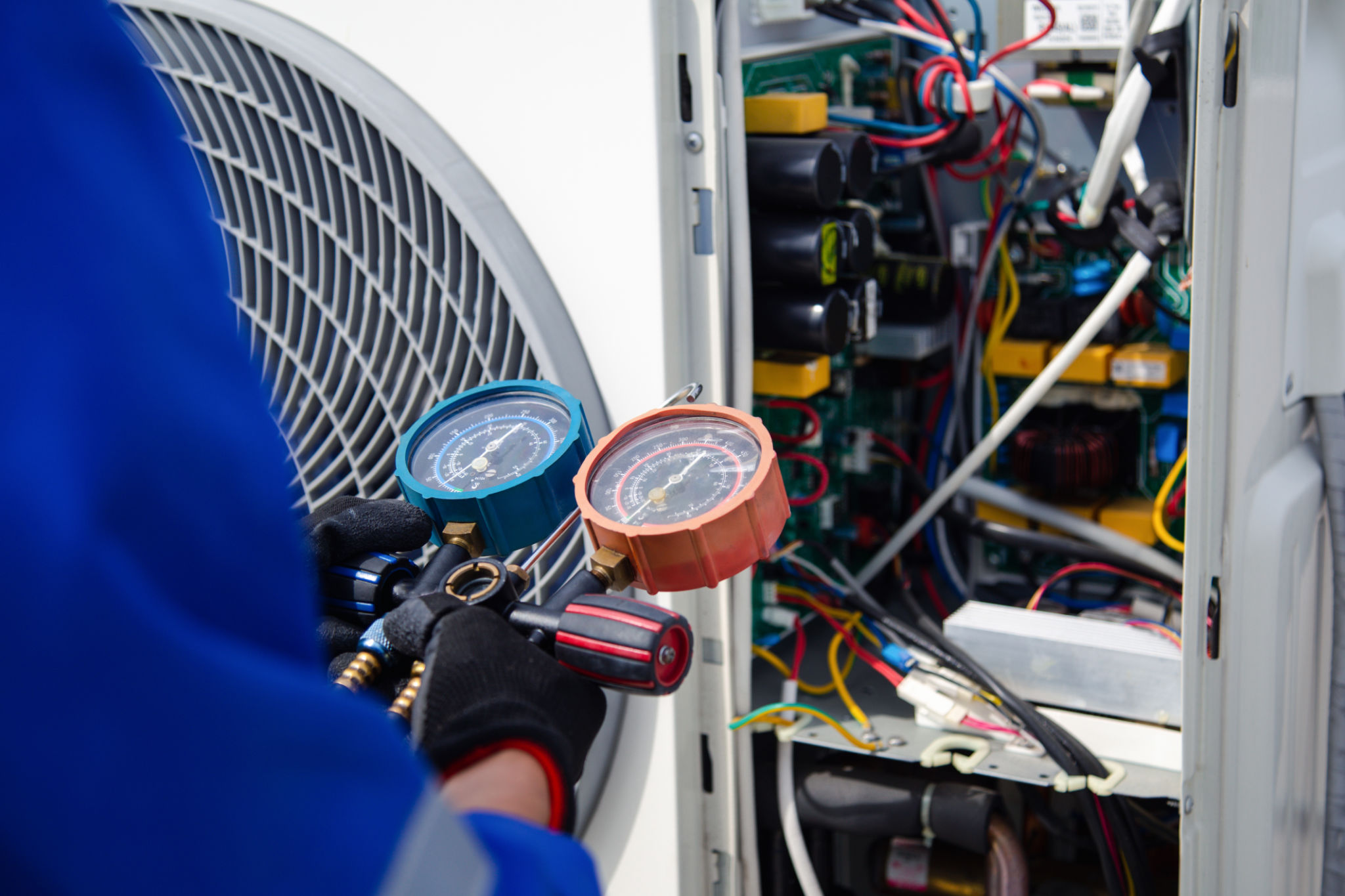Top Energy Efficiency Testing Methods in Pennsylvania: A Guide for Homeowners
Understanding the Importance of Energy Efficiency Testing
As a homeowner in Pennsylvania, ensuring your home is energy efficient is crucial for both environmental and financial reasons. Energy efficiency testing can identify areas where your home is losing energy, helping you make informed decisions about improvements. Not only does this reduce utility bills, but it also increases comfort and reduces your carbon footprint.
Energy efficiency testing involves various methods, each designed to pinpoint specific issues. Understanding these methods is key to optimizing your home's energy use and ensuring that you're not overspending on energy costs.

Blower Door Test
The blower door test is a popular method for assessing a home’s airtightness. This test involves mounting a powerful fan into the frame of an exterior door to pull air out of the house, lowering the indoor air pressure. The higher outside air pressure then flows in through all unsealed cracks and openings, which allows for the identification of leaks.
By using tools such as smoke pencils or infrared cameras, technicians can pinpoint leaks and determine how well your home’s envelope holds air. Fixing these leaks can significantly increase energy efficiency by preventing unwanted air infiltration.
Thermal Imaging
Thermal imaging, or infrared scanning, is another effective method for identifying where your home might be losing energy. This technique uses infrared cameras to detect temperature differences on surfaces, revealing areas where insulation may be lacking or where leaks are present.

Thermal imaging is particularly useful for identifying issues in hard-to-reach areas or hidden spots like wall cavities. It provides a clear visual representation of problem areas, enabling you to target specific locations for improvement.
Duct Blaster Test
The duct blaster test focuses specifically on the ductwork within your home. Leaky ducts can significantly reduce energy efficiency by allowing conditioned air to escape before it reaches its intended destination. This test uses a fan to pressurize the duct system and measure air leakage rates.
By identifying leaks in the ductwork, homeowners can ensure that the heating and cooling systems operate more efficiently, reducing energy loss and improving overall comfort. Sealing duct leaks can lead to noticeable savings on heating and cooling bills.

Home Energy Audit
A comprehensive home energy audit combines several testing methods to provide a detailed analysis of your home’s energy use. Conducted by professional auditors, this audit examines everything from insulation levels to lighting efficiency and appliance performance.
The auditor will provide a report with recommendations tailored to your specific needs, prioritizing improvements that offer the greatest return on investment. Implementing these recommendations can lead to significant energy savings and enhanced home comfort.
Conclusion: Taking Action
Incorporating energy efficiency testing into your home maintenance routine is a smart move for any Pennsylvania homeowner. By understanding and utilizing these testing methods, you can identify inefficiencies and take steps to rectify them.
Whether you choose to perform minor upgrades or undertake major renovations, improving energy efficiency is an investment that pays dividends in reduced utility bills and increased property value. Take action today and ensure your home is as energy efficient as possible.